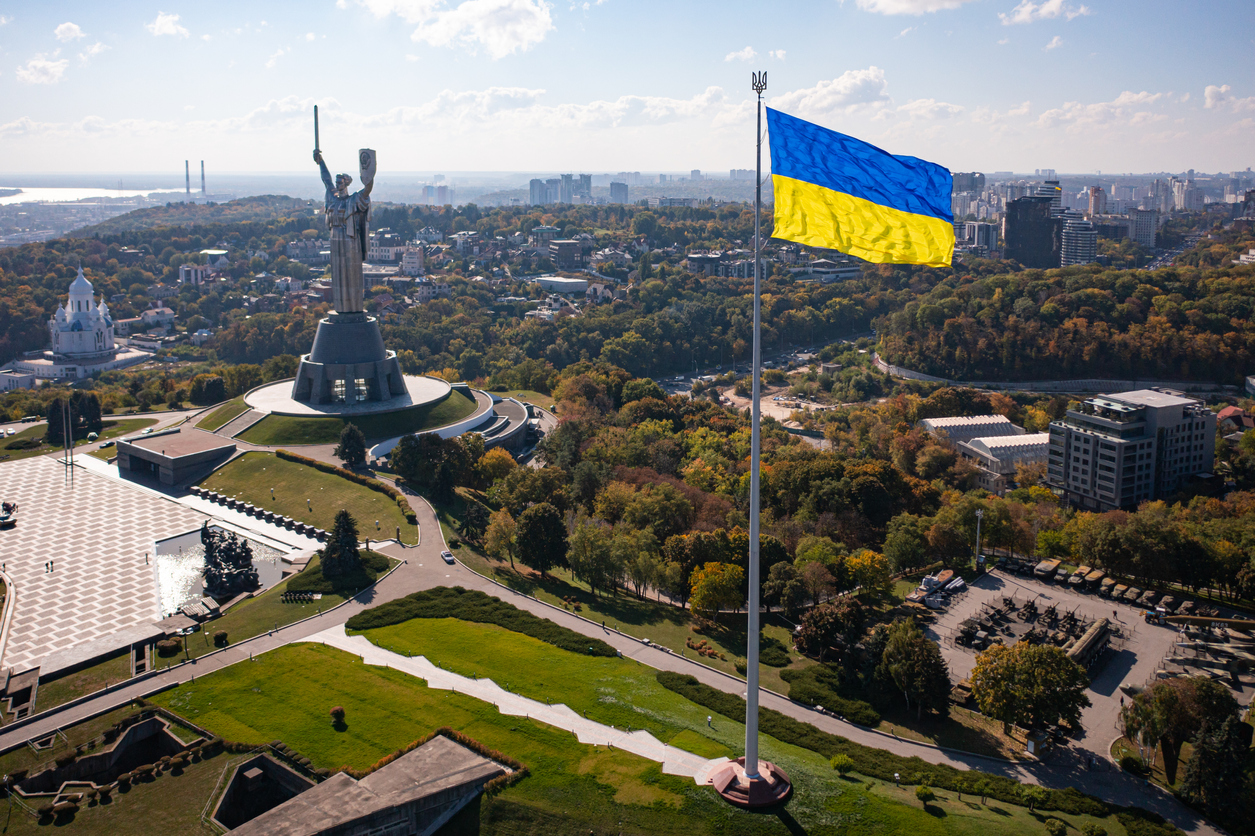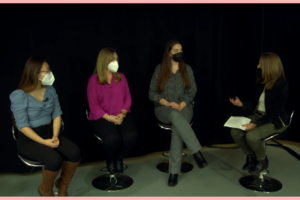PR may be Ukraine’s most potent weapon
President Zelenskyy and ordinary Ukrainians are expertly using communications tools to sway the world.

Like so much of the world, our team is watching events in Ukraine with a mixture of apprehension, empathy and admiration. We’re glued to the news and to Twitter, praying for those fleeing, fighting and taking cover.
The Ukrainian people, led by their young and charismatic President Volodymyr Zelenskyy, have become the underdogs we’re all rooting for. While I will defer to others to comment on military strategy, as a communicator I can’t help but notice how well Ukraine is navigating the battle for public opinion. They’re expertly using every tool in the communicator’s toolbox.
In my personal life, I’m the spouse of a diplomat living overseas. I have many friends in foreign service life who have lived and worked in Ukraine, and they loved the country well before it was trendy to do so. From them, I hear stories of friends taking cover from Russian fire, of fleeing besieged neighborhoods and of comforting terrified children.
So looking at these weighty real-world events through the lens of communications is not something I do lightly. If Ukraine can continue to tell its story so effectively, it may be a real strategic advantage. Strong public sentiment around the world is no doubt influencing moves by the international community to isolate the regime in Moscow, by corporations and even sports to withdraw from involvement with Russia, and strong fundraising by NGOs working to alleviate the humanitarian crisis.
PR may be Ukraine’s most lethal weapon.
Here are some takeaways:
A master class in executive communications. Zelenskyy is a former actor (who hasn’t shared the video of him from the Ukrainian version of “Dancing with the Stars”?), and that may help explain why he gets the drama of the moment like some ordinary politicians wouldn’t. In his army green clothing, he represents a nation standing its ground. Photos of his family humanize him.
Forty years ago, President Ronald Reagan successfully made the transition from Hollywood to Washington as The Great Communicator. Whether imploring the then-Russian leader to “tear down that wall,” memorializing the Challenger astronauts or improvising a well-timed quip, Reagan’s acting background left him incredibly skilled at reading the global mood and rising to the occasion. Zelenskyy may be his oratorical heir. “I need ammunition, not a ride” is already the most quotable statement of 2022.
Social media made for the moment. Ordinary Ukrainians are giving us a glimpse of their national character with compelling first-person videos that instantly go viral. The grandmother giving Russian soldiers sunflower seeds “so they grow on Ukrainian land after you die”; a civilian bravely removing a mine with his bare hands and a cigarette dangling out of his mouth; and villagers feeding a young captured Russian soldier while they help him FaceTime his mom–these unforgettable images are competing with traditional forms of professional journalism.
The New Yorker is already calling this the first TikTok war: “The war has become content, flowing across every platform at once.”
Man bites dog. The journalism adage illustrates that what makes a story a story is an unexpected narrative. When for weeks Russian troops amassed on the Ukraine border, many of us assumed they’d immediately have the upper hand in an invasion. The reality has turned out to be not so much. The Russian army has turned out to be more inept and less well-equipped than we thought. The Ukrainian people have turned out to be more determined and spirited. It’s every Cold War-era movie come to life: Rocky defeats Drago, the Wolverines of “Red Dawn” stop the Soviet invasion, it’s the “Miracle on Ice,” part two.
But this is not a film. This is real life, and we don’t know how it will end for Ukraine–or for the world.
Melissa Mathews is founder and president of Spring Green Communications.






